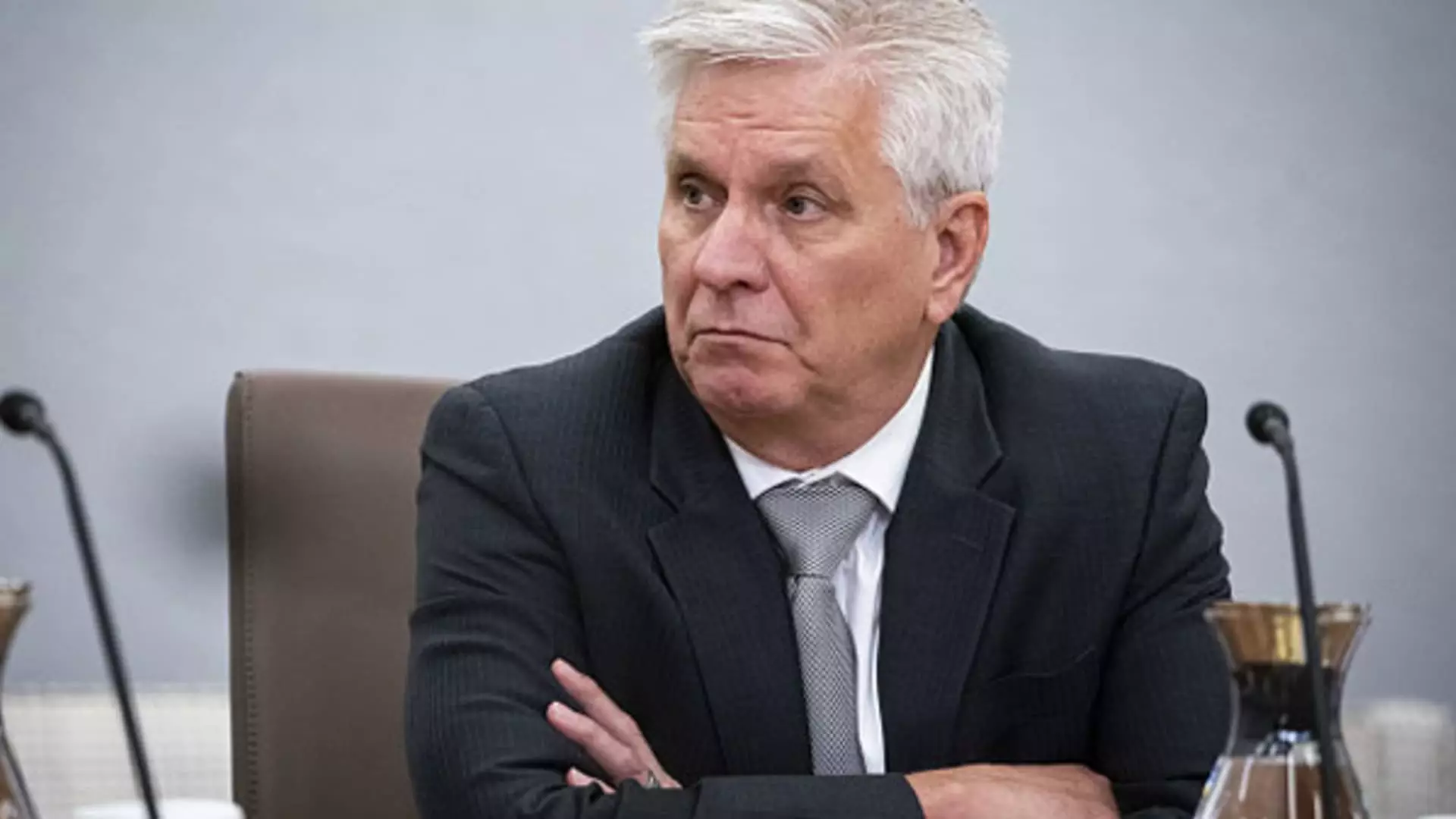In recent discussions, Federal Reserve Governor Christopher Waller has highlighted the complexities regarding the future trajectory of interest rates. His remarks come in light of an economy that appears to be defying expectations, exhibiting strength in areas such as employment and gross domestic product (GDP). Waller’s analysis raises critical questions about the unwinding of monetary policy and the careful balance that the Federal Reserve must maintain in responding to economic indicators that suggest resilience, rather than the anticipated slowdown.
Waller emphasized the importance of remaining cautious amid a data backdrop that shows mixed signals. The labor market, particularly, surprised analysts by posting solid figures in September, a rebound from previous declines earlier in the summer. Coupled with this, the consumer price index (CPI) came in slightly above forecasts, prompting renewed contemplation on inflationary pressures. These developments align with a revised growth estimate for the second quarter, where GDP figures were adjusted upward, reflecting a 3.4% gain in gross domestic income—suggesting that the economy is far more robust than earlier assessments had indicated.
The adjustments to economic indicators have profound implications for the Federal Reserve’s monetary policy. Waller’s assertions that the economy may not be slowing as desired indicate a pivot to a more cautious approach in setting interest rates—a significant departure from prior meetings where more aggressive cuts were both anticipated and enacted.
In his remarks, Waller articulated that while immediate reactions to economic data can often lead to hasty decisions, a broader perspective is necessary. His view is that continued vigilance should govern the approach to interest rate cuts. Whereas the Federal Open Market Committee (FOMC) took the notable step of implementing a half-point reduction in September, moving away from the traditional quarter-point shifts, there is now a call for moderation. Future cuts may need to be more measured, reflecting not only the health of the economy but also the underlying risks of overcorrection.
Furthermore, Waller’s discussion of potential interest rate reductions hinges on the evolving economic landscape. He acknowledged the possibility of additional cuts in the final two meetings of 2024, as well as a significant route ahead in 2025. However, he refrained from providing a definitive roadmap, opting instead for a strategy that allows flexibility in response to shifting economic signals.
As Waller indicated, the Federal Reserve is tasked with the difficult job of interpreting a mixed economic narrative. With significant gains in employment and income, alongside fluctuating inflation rates, the temptation to pursue aggressive cuts in interest rates must be tempered with concern for potential overreach. Policymakers must remain steadfast in their commitment to fostering sustainable economic growth while also accommodating the realities of an economy that is proving to be more resilient than many expected.
The dialogue surrounding interest rates is evolving, influenced by a more robust economic performance than anticipated. With an eye on maintaining stability in a complex landscape, the Federal Reserve’s next steps will require a delicate balance between cautious optimism and prudent action. The decisions made in the coming months will have lasting implications, and as such, they warrant careful consideration.


Leave a Reply